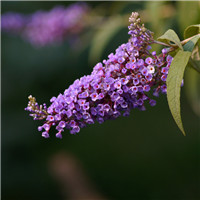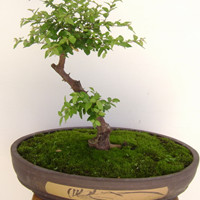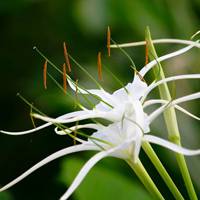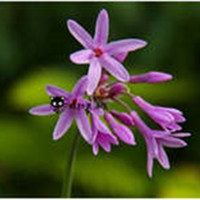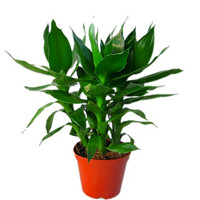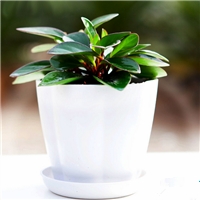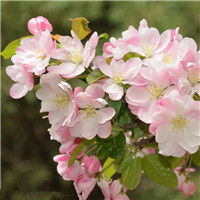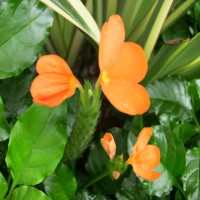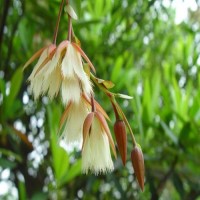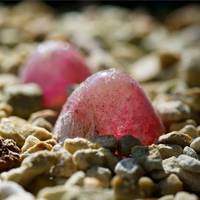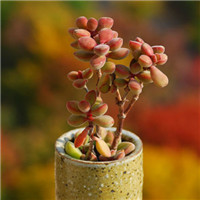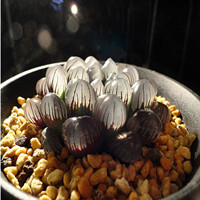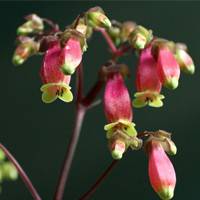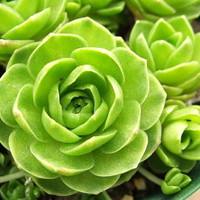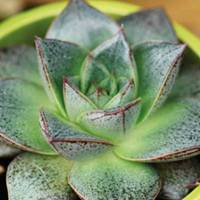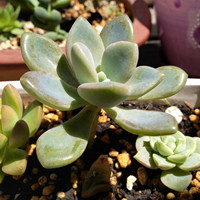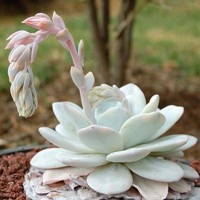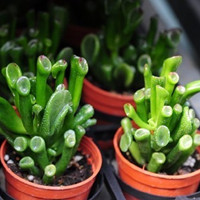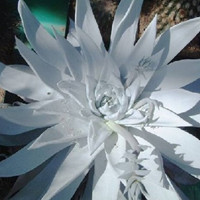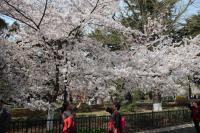What Season to Plant Chestnut Tree
Chestnut trees are deciduous trees that are perfect for landscapers in temperate climates. They can grow up to 100 feet tall and produce beautiful nuts that can be eaten roasted or boiled. But when is the best time to plant a chestnut tree?
Fall Planting
Fall is typically the best time to plant a chestnut tree, as the ground is still warm but the air temperature is starting to cool down. This allows the young tree to establish its roots before winter sets in. In colder climates, it is important to plant the tree early enough in the fall to allow the roots to become established before the ground freezes.
The chestnut tree should be planted in well-draining soil that is slightly acidic. It requires full sun to grow and should be planted at least 30 feet away from any other large trees or buildings.
Spring Planting
Spring is another acceptable season to plant a chestnut tree, but it is important to wait until after the final frost has passed. Planting too early in the spring can lead to the tree being damaged or killed by an unexpected frost. Planting a chestnut tree in the spring can be more challenging than in the fall, as the tree will need regular watering to establish its roots in the warm, dry soil.
Regardless of the season, it is important to properly prepare the planting site before putting the tree in the ground. The hole should be dug twice as wide as the root ball and just as deep. The soil should be loosened to encourage root growth and the tree should be watered immediately after planting.
Maintenance
Once planted, the chestnut tree will need regular maintenance to grow and produce nuts. It should be pruned in the late winter or early spring to encourage strong branch growth and an open canopy. It will benefit from a balanced fertilizer in the early spring and again in the early fall. Chestnut trees are also susceptible to some pests and diseases, so it is important to monitor the tree for any signs of trouble.
A well-planted and well-maintained chestnut tree can live for more than 200 years and produce delicious nuts for generations to come.
In conclusion, the best time to plant a chestnut tree is in the fall, followed by the spring if necessary. Adequate maintenance and care are essential to ensure the tree thrives and produces the best possible nuts.

 how many times do yo...
how many times do yo...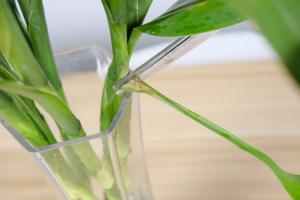 how many planted tre...
how many planted tre...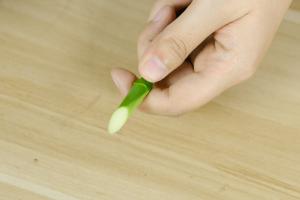 how many pine trees ...
how many pine trees ...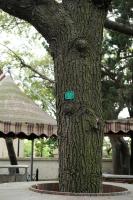 how many pecan trees...
how many pecan trees... how many plants comp...
how many plants comp... how many plants can ...
how many plants can ... how many plants and ...
how many plants and ... how many pepper plan...
how many pepper plan...